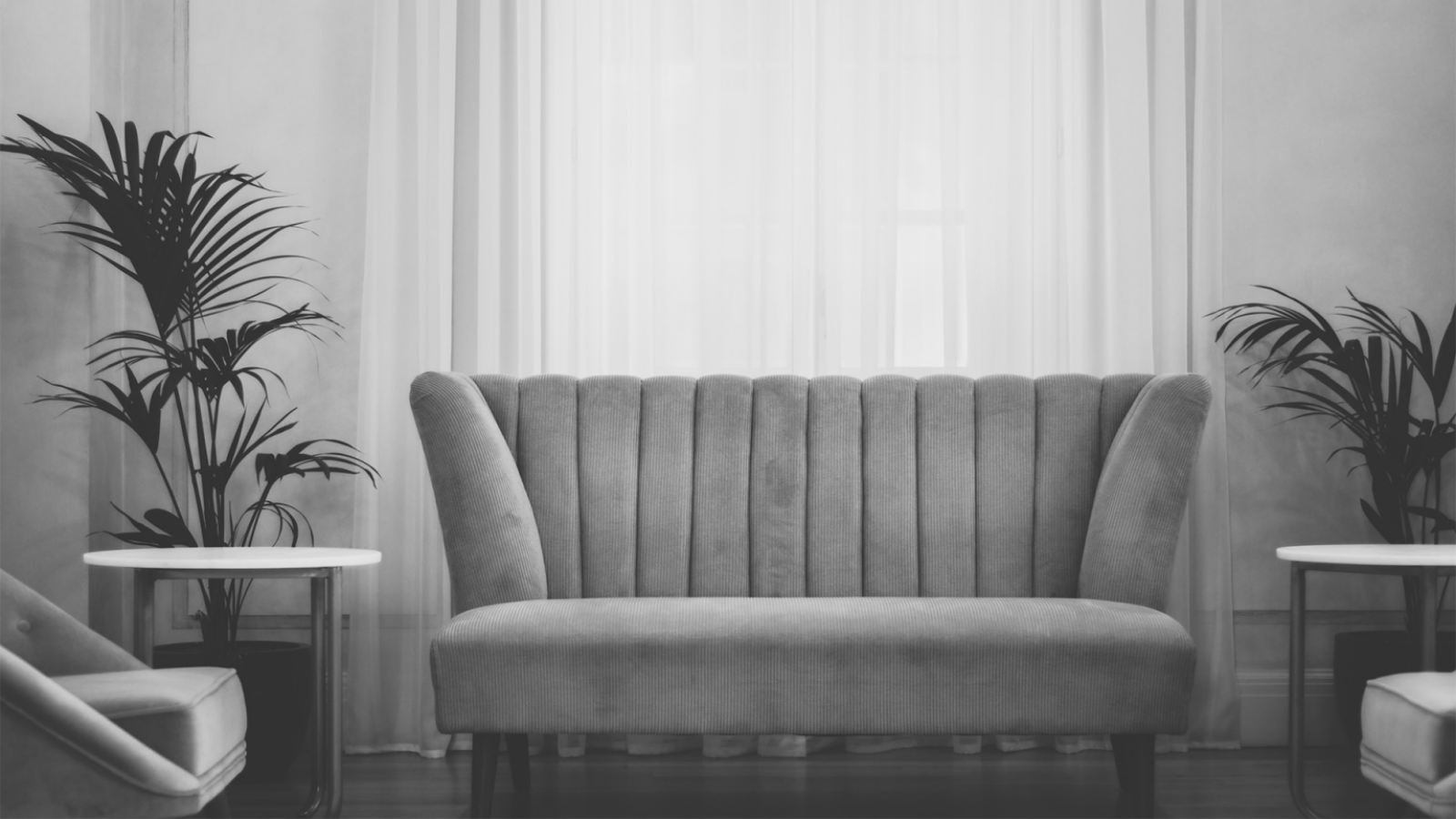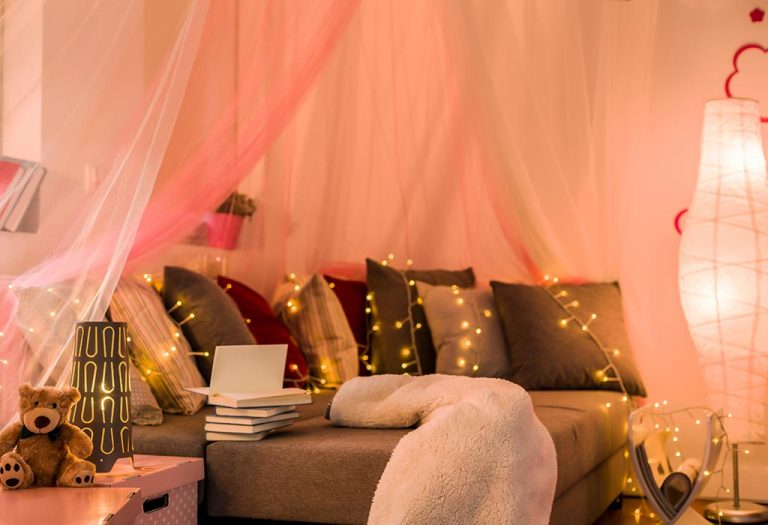As the seasons change, it’s natural to want new and exciting furniture to refresh the look and feel of your home. However, there are a few things you need to consider before going in for a home revamp. Aside from sustainably sourcing your materials, you need to ensure that the furniture you are bringing into your home isn’t toxic.
Comfort at a Cost

Steer clear of any furniture containing volatile organic compounds or VOCs that can pollute the air in your home. When inhaled, VOCs can cause headaches, organ irritations, loss of coordination and nausea. Some VOCs can even cause cancer. Wooden furniture is sometimes imbued with fire-retardant chemicals called polybrominated diphenyl ethers, otherwise known as PBDEs. If regularly exposed to PBDEs, pregnant women can unknowingly cause harm to their unborn children. PBDEs are also known to cause brain and reproductive disorders.
Hidden in Plain Sight

Antique set pieces like clock pendulums and luminous lamps may seem harmless at first sight but are dosed with mercury. Often found in reflective surfaces, barometers and thermometers, mercury is a hormone disruptor that is linked to behavioral changes, obesity, diabetes and cancer. Inhaling these odorless mercury vapors can cause shortness of breath, chest pain, vomiting, diarrhea and high blood pressure. Even low levels of mercury, exposed over long periods of time, can lead to insomnia, muscle tremors, irritability and memory loss. Another sneaky chemical to look out for is phthalates. Found in shower curtains, table clothes and most soft and flexible furnishings, phthalates are yet another hormone disruptor that are linked to low sperm count in men. Dry your fabrics in the sun to break down the chemicals faster and make it eco-friendly.
Toddles to Toxins

Untreated toxins are a serious threat to your family. Take up the treatment of toxins in your furniture on priority to secure your home. Installing photocatalyst air purifiers is an effective way of removing dangerous chemicals like formaldehyde, benzene and acetaldehyde from the air. You can also treat many acidic VOCs with alkaline cleansers like baking soda. Spread a pinch of baking soda across your furniture and rugs to trap harmful chemicals before vacuuming them. House plants like English Ivy and Foxtail Fern also do a great job of absorbing hazardous chemicals in the atmosphere.
Faux is Futile

Leather furniture looks amazing but the tanning process it undergoes is duped with carcinogenic chemicals. Do yourself a favor and drop faux leather from your shopping list. Faux leather is made from fabric that is chemically treated with wax and VOC emitting dyes to get the desired hue and texture. In such cases, a simple and safe alternative is to buy used furniture. Distressed furniture from reclaimed wood is free from toxic chemicals and can stand the test of time.
Do everything you can to ensure the safety of your family. A little care and concern about your interiors can have a huge impact on your home and surroundings. Children are at a greater risk of ingesting chemicals than adults, so if you live with any toddlers you love, you’ll waste no time in turning your furniture toxic-free.




